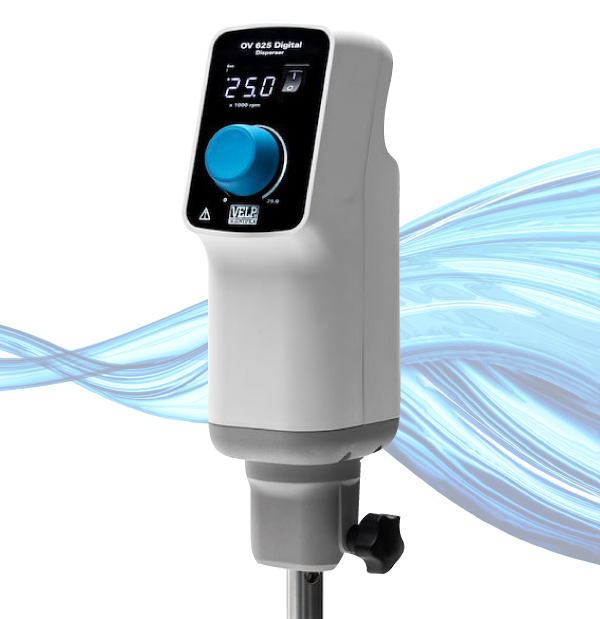
![]() 15 Mar 2024
15 Mar 2024
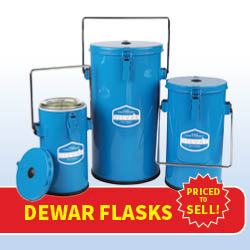
![]() 13 Mar 2024
13 Mar 2024

![]() 26 Feb 2024
26 Feb 2024
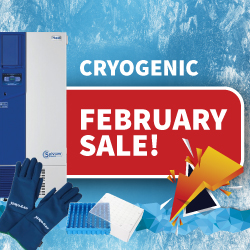
![]() 22 Jan 2024
22 Jan 2024
![]() 30 Apr 2024
30 Apr 2024
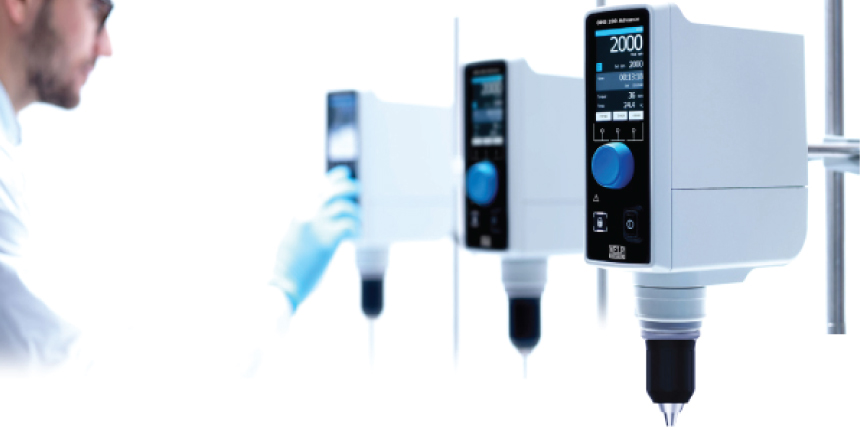 |
INTRODUCING THE NEW OHS RANGE
| 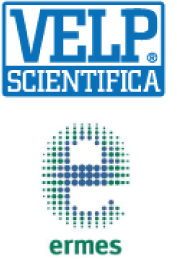 |
|
|
|
The ADVANCE models come with a 3.5” colour display which enables quick method setting and displays precise torque and temperature values. Equipped with a vibration sensor, timer function and Wi-Fi connectivity to the VELP Ermes cloud platform for remote operation and monitoring.
|
SAFETY
PERFORMANCE
High tech features
|
|
|
|
|
The DIGITAL models have a capability of up to 200 Ncm of stirring torque which provides excellent performance for many stirring tasks. All models features a brushless motor, SmartChuck™ technology and full set of safety features.
|
SAFETY
PERFORMANCE
HIGH TECH FEATURES
|
|
Do you require stirring shafts? |
|
|
Floating blades
|
Folding blade
|
Fixed blade
|
Propeller
|
|
|
|
|
|
|
|
Blade Ø (mm)
|
93
|
60
|
50
|
60
|
|
Shaft Ø (mm)
|
7
|
7
|
7
|
7
|
|
Shaft length (mm)
|
400
|
400
|
400
|
400
|
|
Speed range
|
M-H
|
M-H
|
M-H
|
M-H
|
|
Viscocity range
|
VL-L
|
VL-L
|
VL-L
|
VL-L
|
|
|
Two blades open as the speed rises which generates an axial flow in the container, from the top towards the bottom. Particularly recommended for stirring in narrow neck containers, e.g. flasks.
|
The blade automatically falls into line during rotation generates an axial flow in the container, from the top towards the bottom. Particularly recommended for stirring in narrow neck containers.
|
The fixed blade generates an axial flow in the container, from the top towards the bottom. Use at medium-high speed for whirling light solids, for flocculations, mixing thickening agents, and stirring sludge.
|
It generates an axial flow in the container with suction of the substance from the bottom towards the top with localised occurences of shearing forces.
|
|
|
6 hole paddle
|
Turbine
|
Turbo propeller
|
Anchor
|
|
|
|
|
|
|
|
Blade Ø (mm)
|
69
|
49
|
46
|
45
|
|
Shaft Ø (mm)
|
7
|
7
|
7
|
8
|
|
Shaft length (mm)
|
450
|
450
|
450
|
450
|
|
Speed range
|
L-M
|
M-H
|
M-H
|
L-H
|
|
Viscocity range
|
L-M
|
M-H
|
M-H
|
M-H
|
|
|
Generates a tangential flow with reduced turbulence and gently mixes the product.
|
Generates a radial flow with suction of the product from the top towards the bottom, with high turbulence and high shearing forces.
|
Generates an axial flow in the container with suction of the substance from the top towards the bottom with low shearing forces. Limited danger of any contact of the blade with the walls of the product’s container.
|
Generates a tangential flow with high shearing forces on the ends. This limits the possibility of sedimentation on the walls of the container.
|
![]() 11 Mar 2024
11 Mar 2024
Selecting the appropriate laboratory hotplate is pivotal for scientists and researchers striving for efficiency and precision. VELP Scientifica is a trusted brand, known for its quality laboratory equipment which provides meticulous control over mixing and heating aqueous solutions, as well as facilitating chemical reaction synthesis.
In this guide, we'll help you navigate the process of selecting the ideal VELP laboratory hotplate for your specific laboratory needs. See below for a quick lookup guide to facilitate your next VELP hotplate purchase.
| 310°C 5 Series | 370°C 6 Series | 550°C 7 Series |
|---|---|---|
| Epoxy Painted Aluminium 135mm Round Plate | Epoxy Painted Aluminium 135mm Round Plate Auto Reverse Function | Ceramic 180mm x 180mm Square Plate |
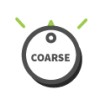 |  |  |
|---|---|---|
| No Controller | Pt100 Probe (to 250-300°C) | VTF Controller (to 250-300°C) |
For remote control via the web, choose a CONNECT model, with ermes communication. Ermes is a secure cloud platform that enables you to access your VELP instrument and data, anytime and anywhere. The purchase of an enabled instrument includes 3 months free trial after which you have the option to purchase a one or three year subscription.
MAX TEMP 310°C
| 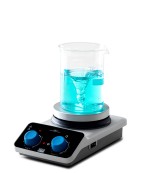 | 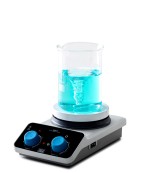 | 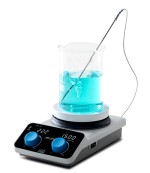 |
|---|---|---|---|
| ARE 5 | AREX 5 | AREX 5 DIGITAL with probe |
|
| SpeedServo™ Counter-Reaction | • | • | • |
| Stirring Volume (L) | Up to 15 | Up to 20 | Up to 20 |
| Heat Controller Type / Temperature Regulation (°C) | Analogue / Room temp up to 310 | Analogue / Room temp up to 310 | Digital / Room temp up to 310 |
| Probe Connection | • (Pt100 included) |
||
| Vertex Connection | • | ||
| Digital Display | • | ||
| Dimensions (W x H x D) (mm) | 160 x 85 x 270 | 160 x 85 x 270 | 160 x 85 x 270 |
| Rowe Code | IM0907 | IM0898 | IM0938 |
MAX TEMP 370°C
|
|
|
|
|---|---|---|---|
| AREX 6 DIGITAL PRO with probe, rod and clamp | AREX 6 DIGITAL PRO with VTF and rod | AREX 6 DIGITAL PRO with probe, rod and clamp |
|
| SpeedServo™ Counter-Reaction | • | • | • |
| Timer | • | • | • |
| Auto Reverse | • | • | • |
| Stirring Volume (L) | Up to 20 | Up to 20 | Up to 20 |
| Heat Controller Type / Temperature Regulation (°C) | Digital / Room temp up to 370 | Digital / Room temp up to 370 | Digital / Room temp up to 370 |
| Probe (Pt100) Connection | • (Pt100 included) | ||
| Vertex Connection | • (VTF included) | • | |
| Digital Display | • | • | • |
| Dimensions (W x H x D) (mm) | 160 x 105 x 280 | 160 x 105 x 280 | 160 x 105 x 280 |
| Ermes Connection | • Yes via Wi-Fi |
||
| Rowe Code | IM0557 | IM0405 | IM0408 |
MAX TEMP 550°C
| 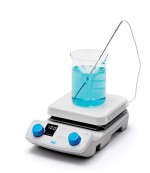 | 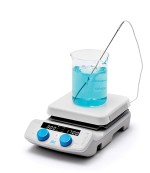 | 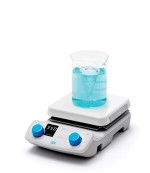 |
|---|---|---|---|
| AREC 7 CONNECT with probe, rod and clamp | AREC.X 7 with probe, rod and clamp | AREC 7 | |
| Torque Compensation | SpeedServo™ | Electronic regulation | Electronic regulation |
| External Temperature Sensor Collection | • Pt100 (included) | Pt100 (included) VTF (included in the system with VTF) (IM0697) | |
| Thermoregulation Range (°C) | Room temp to 300 | Room temp to 250 | |
| Thermoregulation accuracy (°C) | ± 0.5 (PT100) | ± 1 (PT100) ± 0.5 (VTF) | |
| Heat Controller Type / Temperature Regulation (°C) | Digital / Room temp up to 550 | Digital / Room temp up to 550 | Digital / Room temp up to 550 |
| Timer | Yes (1 min - 99 h 59 min) | ||
| Autoreverse | Yes (5 s - 99 min 59 s) | ||
| Intermittent Mode | Yes (5 s - 99 min 59 s) | ||
| Dimensions (W x H x D) (mm) | 203 x 94 x 344 | 203 x 94 x 344 | 203 x 94 x 344 |
| Ermes Connection | Yes via Wi-Fi | ||
| Rowe Code | IM0694 | IM0696 | IM0686 |

![]() 27 Feb 2024
27 Feb 2024
In the ever-evolving landscape of laboratory technology, digital dispersers have become indispensable tools for achieving precise and efficient sample preparations across various industries such as Cosmetics, Food and Feed, Pharma and Biotech, and much more.
These versatile instruments play a significant role in achieving homogeneous dispersions and high speed mixing of various materials, ensuring effective sample processing, and, consequently, accurate analytical results.
Dispersion refers to the process of distributing or spreading a substance, such as particles or components, evenly throughout a medium. In the context of laboratory work, dispersion often involves creating a homogeneous mixture or distribution of particles within a solution or matrix, ensuring uniformity and consistency.
In the context of laboratory dispersers, like the OV 625 Digital Disperser, homogenization is facilitated through the mechanical action of a high-speed rotating blade (the rotor) within a stationary stator.
The instrument creates a shearing effect, breaking down aggregates and dispersing particles evenly in the sample solution. The speed and efficiency of this process contribute to the homogeneity of the final mixture and the achievement of the desired particle fineness.
Various dispersing tools can be used to achieve effective sample dispersion based on a specific laboratory application.
The choice of dispersing tool depends on factors such as the sample type, size, and the degree of dispersion particle fineness required: selecting the proper dispersing tool is crucial to achieving the best performance and high reproducibility.
Different types of dispersing tools are required to process different fluids. Sometimes it is necessary to use two dispersing tools to achieve specific requirements. Together with the convenient quick disconnect and installation system, it is possible to effortlessly change the dispersing tool so you can move onto the next step of the homogenization process.
